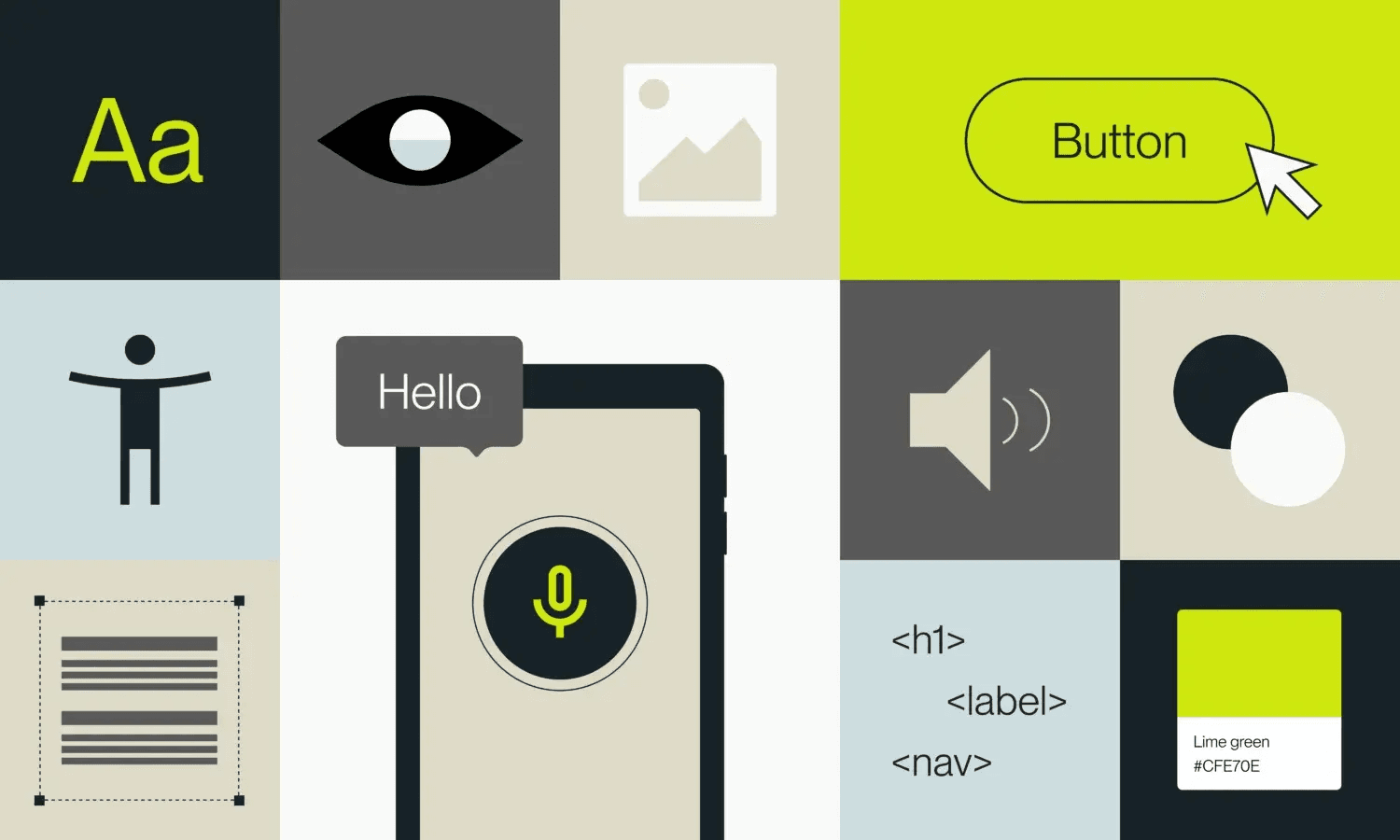Inclusivity in Digital Design

What is Inclusivity in Digital Design?
Inclusivity in digital design refers to the creation of products that are accessible and usable by people of all backgrounds, abilities, and needs. This concept goes beyond just the functionality of a product, addressing inclusion in a holistic way to ensure that no one is excluded due to physical, sensory, cultural, or socio-economic limitations.
More than an ethical goal, inclusivity enhances the overall experience, promotes digital equity, and positions brands as innovative and socially conscious. It is an approach that integrates empathy and creativity, designing for human diversity.
Today, companies face significant challenges in meeting accessibility standards and data privacy regulations. A 2022 study revealed that 94% of companies are not fully prepared to comply with GDPR requirements.
These figures highlight the need for companies to adopt the appropriate technologies and compliance strategies to ensure digital inclusion and accessibility, in line with privacy and data security laws, while also fostering a culture of ongoing accessibility.
Expand the Product's Reach
Inclusive products reach a broader audience. Adapting the interface for people with disabilities (visual, auditory, motor) or different technological literacy levels broadens the market and increases accessibility for millions of users.
Example: The implementation of voice browsers benefits users with motor disabilities and anyone using the device while driving or cooking.
Comply with Legal Standards
Complying with regulations, such as the GDPR in Europe or WCAG 2.1 (Web Content Accessibility Guidelines), not only avoids financial penalties but also strengthens the brand’s reputation as being committed to inclusion and legal compliance.
Enhance the Overall Experience
Many inclusive features benefit users beyond the initial target audience.
Example: Automatic captions in videos, created for hearing-impaired individuals, are widely used by people in silent or noisy environments.

Understanding Diverse Needs
Understanding the barriers faced by different groups requires in-depth research and empathy. For example, designing for colorblind individuals demands attention to color schemes, while for people with motor disabilities, the design must allow interaction without reliance on a mouse.
Technical Integration
Features such as screen readers, keyboard navigation, or voice commands can be complex to implement and require constant validation to ensure their effectiveness.
Avoiding Generic Solutions
Effective inclusivity adapts the product to specific needs rather than creating a one-size-fits-all solution, which may end up serving no one well.

Automated Testing Tools
Use platforms like axe DevTools to quickly identify accessibility issues and suggest improvements.
Responsive Design
Frameworks like Bootstrap help create layouts that adapt to different screen sizes, ensuring accessibility on both mobile devices and desktops.
Artificial Intelligence
AI can personalize user experiences based on their preferences, such as adjusting text sizes or automatically enabling captions.
Apple
Known for accessibility features like VoiceOver (integrated screen reader) and AssistiveTouch, which assists users with limited mobility.
Microsoft
With the Xbox Adaptive Controller, Microsoft created an inclusive experience for gamers with physical disabilities.
Inclusive design is more than an ethical responsibility; it is a powerful strategy for creating accessible, appealing, and innovative products. Companies that embrace inclusivity expand their market reach, enhance user experience, and strengthen emotional connections with customers. In an increasingly diverse digital world, designing for everyone is not just necessary—it is essential for success.




